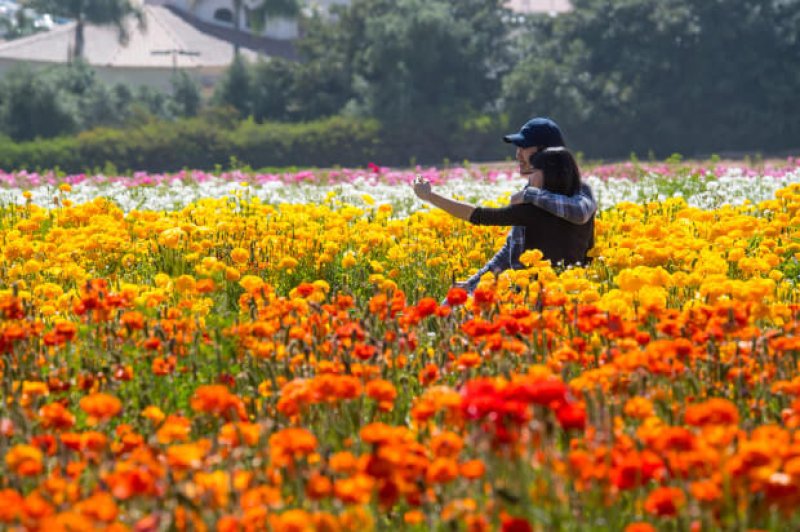When people consider evolutionary events related to the origin and diversification of new species and groups, they tend to emphasize novel adaptations — specific genes giving rise to new, beneficial traits. But a growing body of research suggests that in some cases, that deciding factor may be something much more fundamental: size. In a [new] paper published … in PLOS Biology, a pair of researchers studying the angiosperms, or flowering plants, has named genome size as the limiting constraint in their evolution.
…
Today, the 350,000 flowering-plant species, which have flourished in the vast majority of environments on Earth, constitute 90 percent of all plants on land. Since Darwin’s time, biologists pursuing the answer to that abominable mystery have sought to explain how the flowering plants could possibly have achieved this level of dominance in such a relatively short time.
Perhaps the answer has been so elusive because those scientists have usually focused on the physiological traits that set the angiosperms apart from their relatives. In the PLOS Biology paper, however, Kevin Simonin, a plant biologist at San Francisco State University, and Adam Roddy, a postdoctoral fellow at Yale University, argue that it’s the genome sizes underlying those individual adaptations that really matter.
Read full, original post: With ‘Downsized’ DNA, Flowering Plants Took Over the World
































